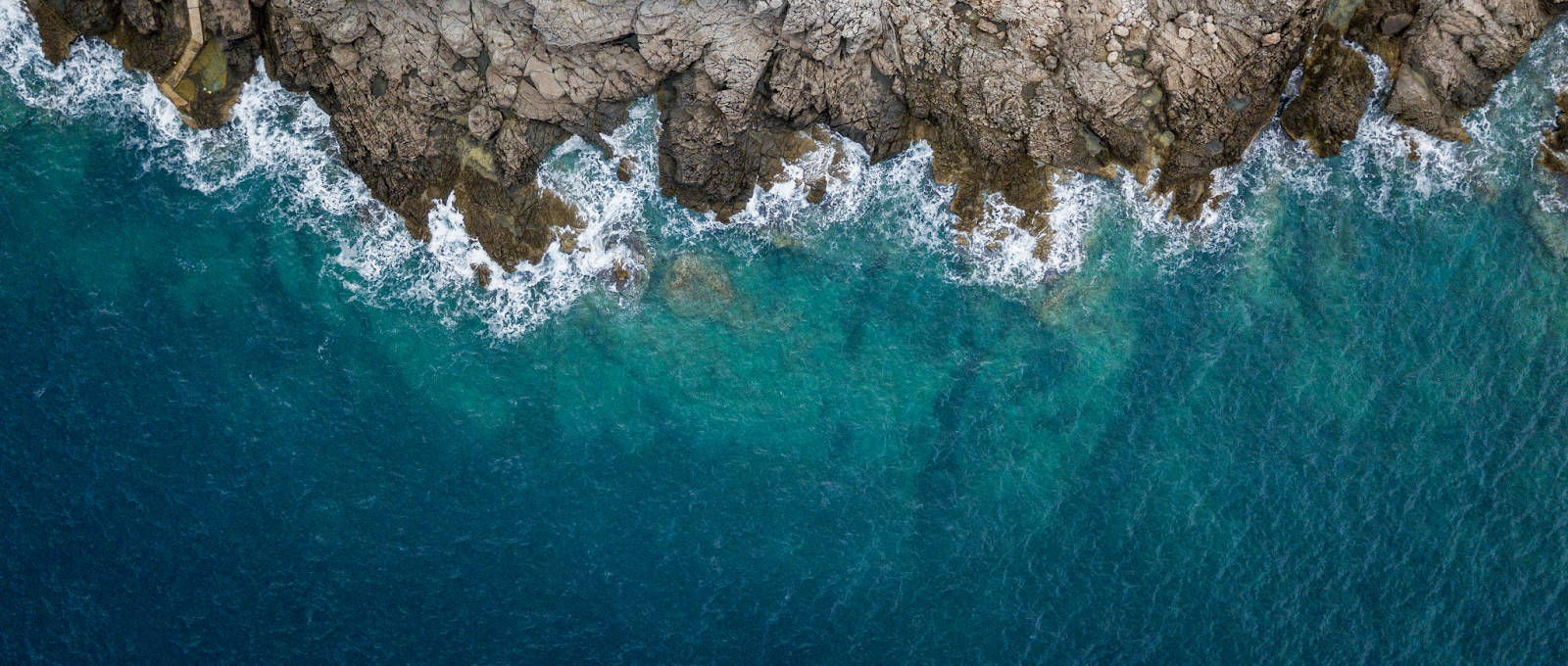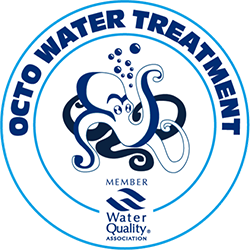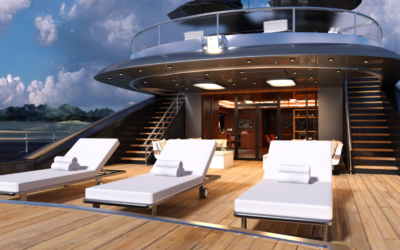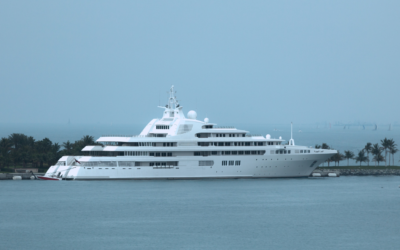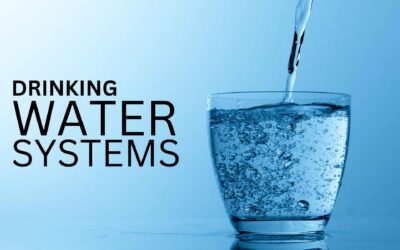Most of us have accidentally taken a mouth full of seawater at some point in our lives, and we are all in agreement that it isn’t very pleasant. So it may come as a surprise to learn that there are some countries whose populations survive on seawater. The team at Octo Marine is no stranger to the wonders of desalination, but what our experts do, is just a small example of how reverse osmosis can provide a whole new lease on life.
Desalination is the process of removing salt, and other minerals, from seawater to turn it into safe drinkable water. The process has been used for centuries to produce fresh water on board yachts and other seafaring vessels, but in 1928 the first industrial desalination plant was built in Aruba, which opened the world’s eyes to the powers of desalination.
Today, over 16,000 desalination plants are operating globally, with a daily capacity of around 70 million m3 of water. This administers around 350 million people with safe and healthy drinking water each day. Unsurprisingly, desalination is mostly used in countries with a hotter and dryer climate; with the Middle East and North Africa using around 70% of the global capacity. Europe uses the lowest global capacity of desalinated water, at only 10%. However, more and more southern European countries are starting to use reverse osmosis to meet their fresh water needs. It is interesting to see how each country has its own way of utilising this method to ensure it’s the most effective for its population.
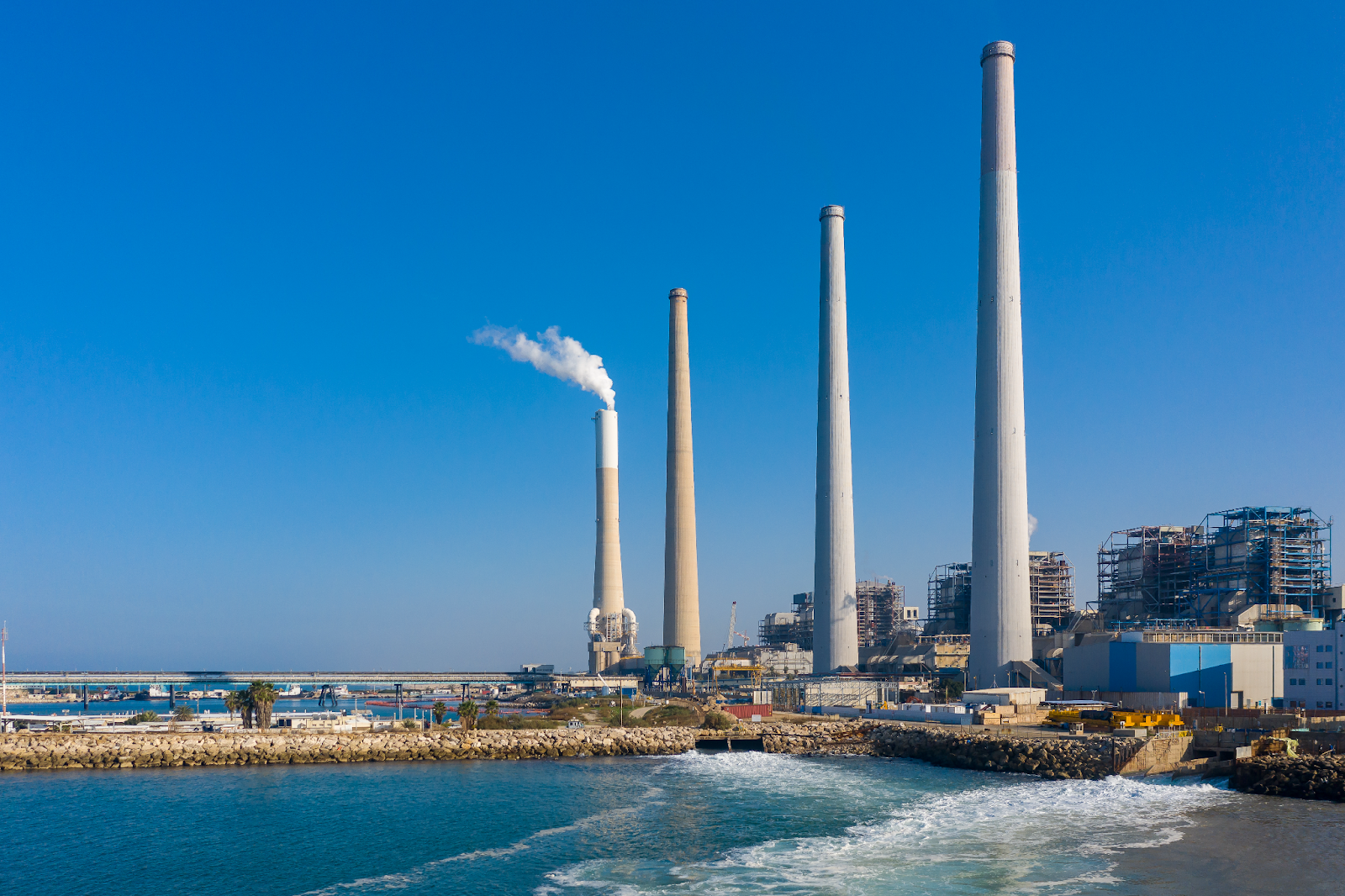
Australia
Australia (or Oceania) is generally considered to be the second driest continent, after Antarctica. With top temperatures reaching 50 degrees celsius and a population of 25.69 million, it is unsurprising that they have turned to desalination as a way to meet demands. Between 2006 and 2012, Australia opened 7 plants across the country. From Perth to the Gold Coast, these plants have a daily capacity of over 1.6 million m3 – providing fresh water to around 6.2% of the country’s population.
Spain
Although Europe is the lowest user of desalination, Spain has a very high consumption, with 700 desalination plants providing fresh water to around 8 million people, every day. This is partially due to their summer temperatures often reaching +40 degree celsius, however, a large contributing factor to this is due to the Canary Islands largely running on seawater.
Lanzarote, the easternmost of the canary islands, runs almost exclusively on salt water. Due to its volcanic landscape and proximity to the Sahara desert, the island has almost no natural fresh water sources. So, in 1964 a desalination plant was installed in the capital city of Arrecife to provide the island with enough water to support its booming tourist industry.
Maldives
Suffice it to say, Maldivians are no strangers to collecting rainwater to see them through the hot weather. In April and May, the southern islands of the Maldives welcome the monsoon season. However, outside of the rainy seasons, the northern islands have the opposite issue and are often faced with a fresh water shortage. With no rivers or streams on any of the islands, it’s no surprise that some have turned to desalination. Unfortunately, the Maldivan islands were hit badly by the 2004 tsunami, and that paired with the lack of safe sewerage disposal, has rendered the groundwater no longer safe for human consumption. Thanks to the installation of a desalination plant in Male, the island’s capital, the archipelago now has a consistent fresh water source. Instead of relying on shipments of bottled water from overseas, the local authorities now send shipments of water from the plant in Male, out to around 186 inhabited islands. The MWSC (Male Water and Sewerage Company) facility also has a bottling plant. The desalinated water bottled there has been distributed and sold throughout the city, enriching the lives of residents and visitors in the Maldives.
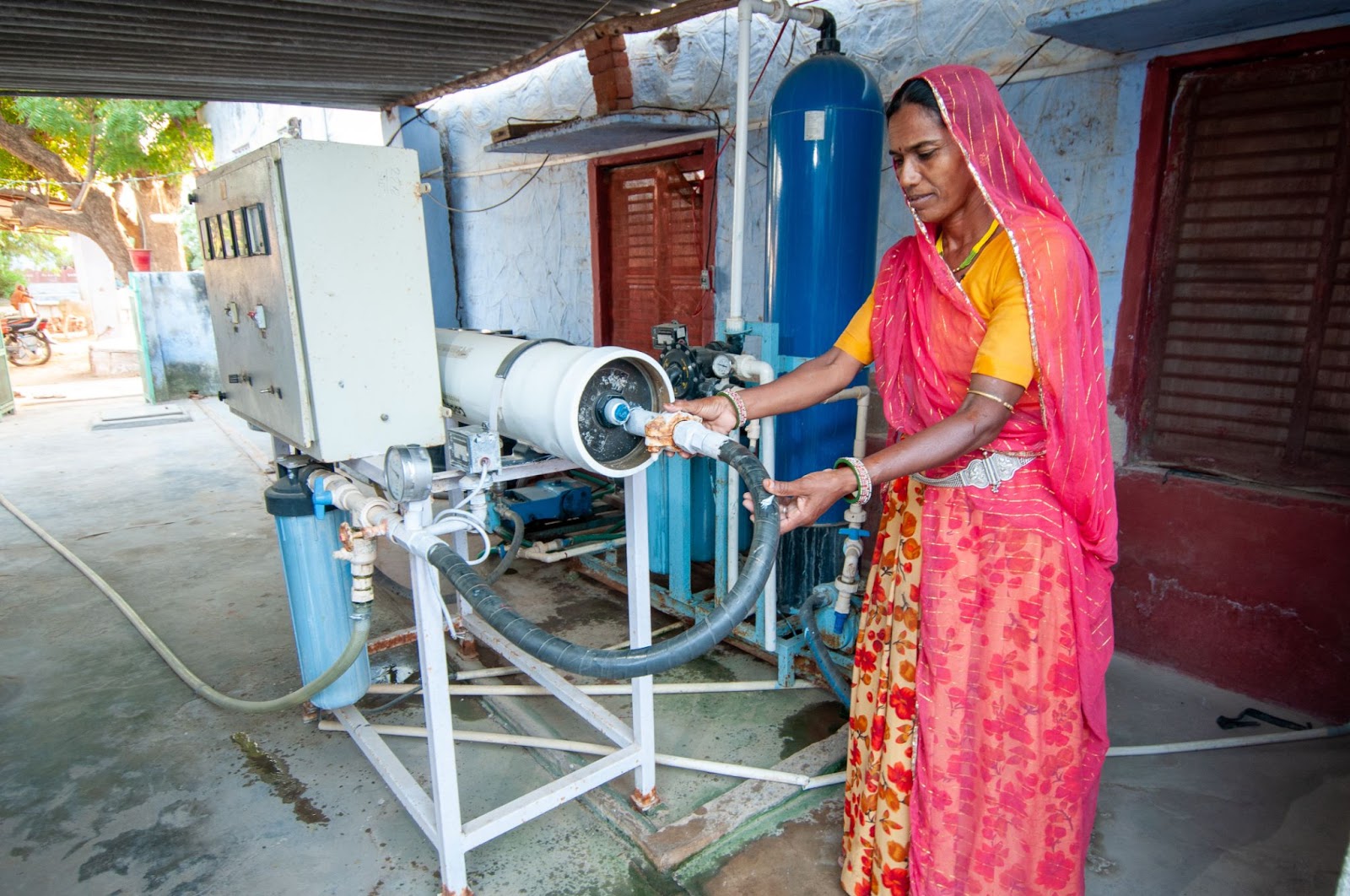
Reverse osmosis on this scale is a demanding operation. Although some are now turning to more renewable energy sources, such as wind power, these plants often require large quantities of diesel to process such a vast amount of seawater. With the current climate crisis we are facing, burning these quantities of fuel isn’t sustainable – with these plants pumping around 469,000 tonnes of CO2 into the atmosphere every day. Likewise, brine (a byproduct of the desalination process) can be extremely damaging to the environment due to its high salinity and requires strict disposal regulations to minimise its impact.
However, the introduction of these treatment plants has made a difference for many people around the globe. This only begs the question: could desalination be the answer to the earth’s fresh water shortage?
On board, desalination works on a considerably smaller scale and ensures that everyone on board your superyacht has a constant and safe fresh water source. The Maritime Labour Convention (MLC) MLC2006 regulations included specific statutes on fresh water loading, onboard water production, sterilisation, and storage. Thankfully Octo Marine are experts in all things to do with onboard water. From the installation of water makers to providing fresh water safety plans, our team has extensive knowledge and is ready to offer any support or assistance you may need.
If you would like to find out more about the products and services we offer at Octo Marine, please don’t hesitate to get in contact with one of our specialists, today.
